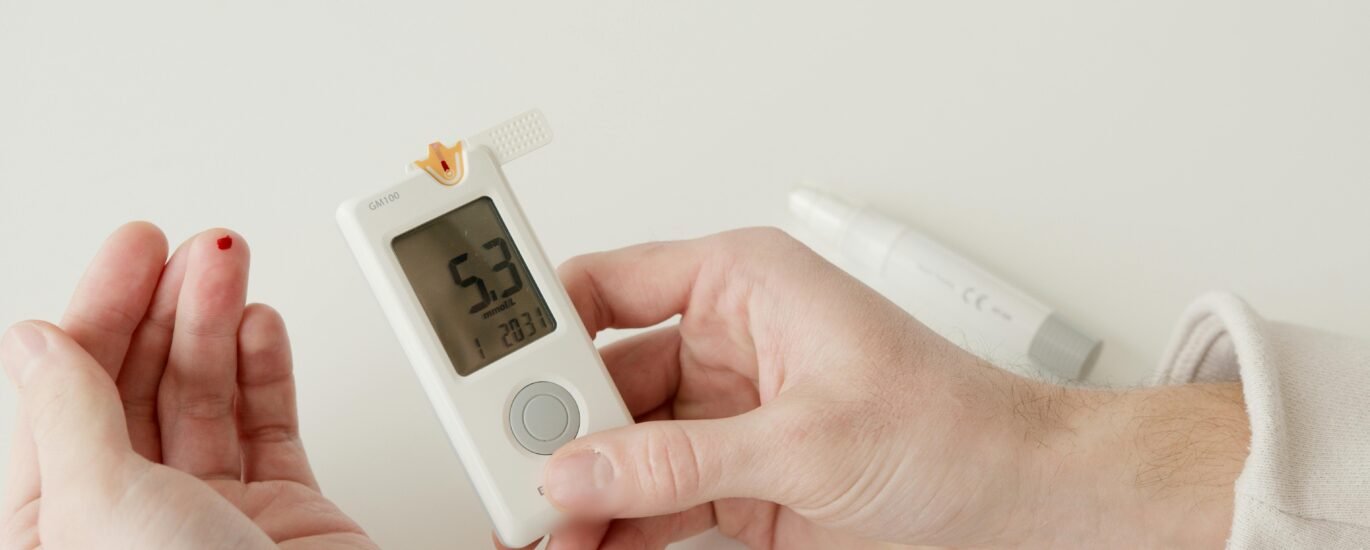What do your blood pressure numbers mean?
High blood pressure, also known as hypertension, can lead to serious health problems including heart attack or stroke. Measuring your blood pressure is the only way to know if you have it. Controlling high blood pressure can help prevent major health problems.
Blood Pressure Categories

*symptoms: chest pain, shortness of breath, back pain, numbness, weakness, change in vision, or difficulty speaking
Note: Only a doctor or other medical professional can confirm a high blood pressure diagnosis. They also can check if your blood pressure is too low.
Controlling blood pressure
If your blood pressure is in the normal range, stick with heart-healthy habits such as following a balanced diet and getting regular exercise.
If your blood pressure is elevated, stick with or adopt heart-healthy habits such as following a balanced diet and getting regular exercise. The goal is to prevent reaching hypertension Stage 1.
In hypertension Stage 1, your health care professional should prescribe lifestyle changes. They may consider adding medication based on your risk of heart disease or stroke and should add medication if you have other conditions such as diabetes, heart failure and kidney disease.
In hypertension Stage 2, your health care professional should prescribe blood pressure medication and lifestyle changes.
In severe hypertension, if your blood pressure is higher than 180/120 mm Hg:
- Wait 1 minute.
- Take your blood pressure again.
If the second reading is just as high, check for these symptoms:
- Chest pain
- Shortness of breath
- Back pain
- Numbness
- Weakness
- Change in vision
- Difficulty speaking
If you do not have any of these symptoms or any other new and concerning symptoms, you likely have severe hypertension. You should contact your health care professional. Your health care professional may start or adjust blood pressure medication.
In hypertensive emergency, call 911 if your blood pressure is higher than 180/120 mm Hg and you are experiencing symptoms that may include:
- Chest pain
- Shortness of breath
- Back pain
- Numbness
- Weakness
- Change in vision
- Difficulty speaking
Your blood pressure numbers and what they mean
Your blood pressure is recorded as two numbers:
- Systolic blood pressure is the first (top/upper) number. It measures the pressure your blood is pushing against your artery walls when the heart beats.
- Diastolic blood pressure is the second (bottom/lower) number. It measures the pressure your blood is pushing against your artery walls while the heart muscle rests between beats.
Which number is more important?
A higher systolic or diastolic reading may be used to diagnose high blood pressure. But the systolic blood pressure tells more about risk factors for heart disease for people over 50. As people get older, their systolic blood pressure usually goes up because:
- Large arteries become stiffer
- There is more plaque buildup over time
- Higher rates of heart and blood vessel diseases




